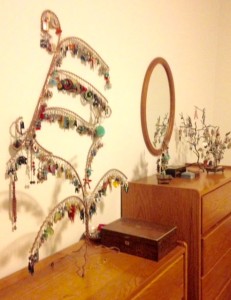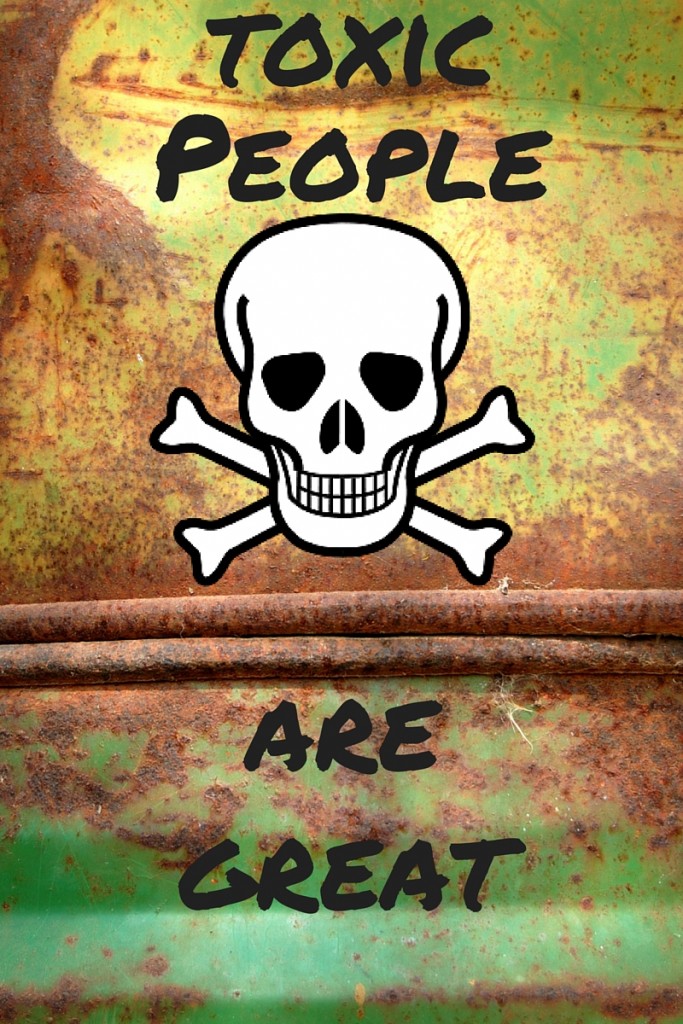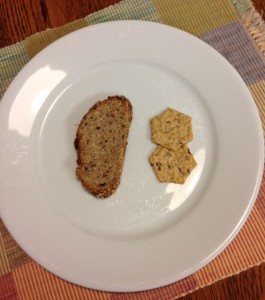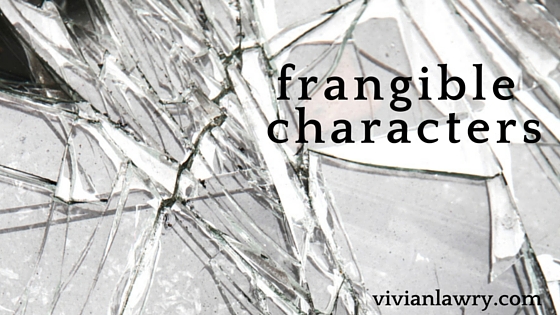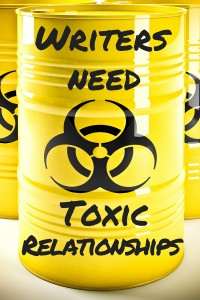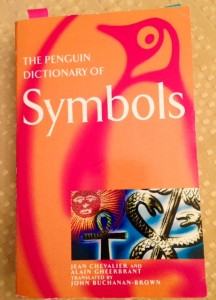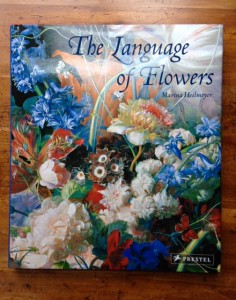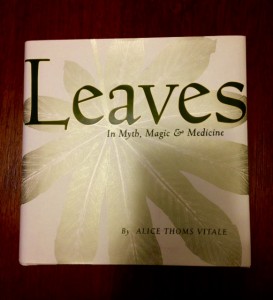character development
Collectors
Not to be confused with The Collector movie
I’ve mentioned here and there that I collect things: dictionaries, carved wooden Santas, napkin rings, funky earrings, and mah jongg sets, among other things.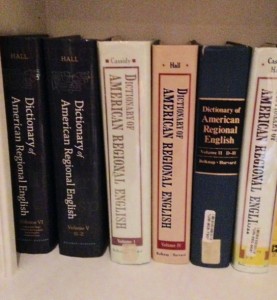
I’m not alone here. Indeed, I’m not not even close to making it into the The Mammoth Book of Weird Records.
There are people out there collecting
- love dolls
- dolls dressed as nuns
- aluminum can pull tabs
- belly button fluff
- airsick bags
- banana labels
- nail clippings
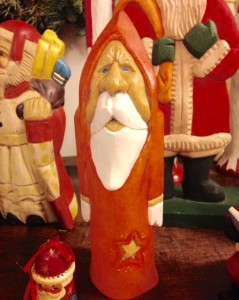
- already chewed Nicorette Gum
- wooden toilet seats
- cow hairballs
- pictures of cement mixers
- toothpaste tubes
- vacuum cleaners
- key chains
- back scratchers
- beds
- empty pizza boxes
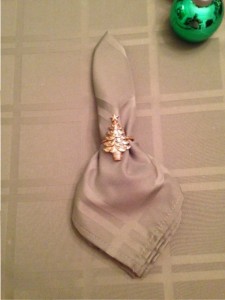
- clothing tags
- Walmart receipts
- husbands (or wives)
- traffic cones
- umbrella covers
- teabag labels
- autographed drumsticks
- dildos
Think about the sort of person who might collect these things. And why. Who is comforted by plenty? Who wants to be distinctive, not one of the masses? Who sees it as a mark of economic superiority? Or maybe there’s a family competition going on.
Are you a collector? What and why?
Writing Relationships: Why Not Get the Hell Out of Dodge?
Takeaway for writers
Toxic People Are Great
True? True—in your writing if not in your life. You may recall that last month I wrote about the types of toxic mother/daughter relationships, and how the patterns could hold regardless of who the two people are. You’ll find that this blog is related.
Lillian Glass profiled 30 types of toxic terrors, and just the labels are thought-provoking: cut-you-downer, chatterbox, self-destroyer, runner, silent but deadly volcano, gossip angry pugilist, gloom and doom victim, smiling two-faced backstabber, wishy-washy wimp, opportunistic user; bitchy, bossy bully; jokester, unconscious social klutz, mental case, bullshitting liar, meddler, penny-pinching miser, fanatic; me, myself, and I narcissist; Eddie Haskell, self-righteous priss, snooty snob, competitor, control freak, accusing critic, arrogant know-it-all, emotional refrigerator, skeptical paranoid, instigator.
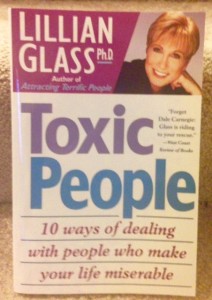
Translating this into writing: the presence of a toxic character immediately raises tension and conflict. That is their role, to make other people’s lives miserable. But spread the glory: don’t make one character carry the entire burden of toxicity. Consider a couple, apparently happy together but each toxic to other people in different ways.
Glass’s book is basically a self-help book, so she also offers 10 techniques for handling toxic people: tension-blowout (deep breathing), humor, stop-the-thought, mirror (reflecting the behavior back), direct confrontation, calm questioning, give-them-hell-and-yell, give-them-love-and-kindness, vicarious-fantasy, unplug (the person from your life).
Translating this into writing: have your characters deal with the toxic person(s) in different ways, with varying degrees of success. And the inappropriate behaviors that she advises you never to do in real life (e.g., physical violence) are perfectly appropriate—and often effective—in achieving your writerly goals.
Glass offers an exercise for identifying the types of people who drive the reader nuts. As the author, you could complete this exercise for your main characters. Identifying the consistencies might even provide insights about how to make your character(s) richer and more real.
My edition of the book was published in 1997, but toxic people are timeless! This and several of her other books are available on Amazon, and I urge you to consider whether it would be helpful to you.
Related Posts
Psychology For Writers series
Writers Need Toxic Relationships
The Principle of Least Interest
Why Women Have Sex: Character Motivation Matters
Rational and Irrational Behavior in Your Characters: Guest Post on Thrill Writers
More on Characters
Books for Writers: Deborah Tannen
Frangible Characters
Is your character a plastic bottle or a glass?
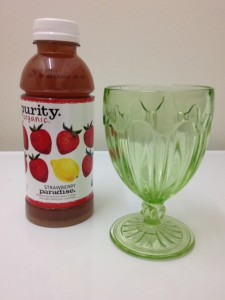
More on characters
In the Aftermath of the James River Writers Conference
Saturday and Sunday were two great, packed, informative days! By the end of the Library of Virginia’s Annual Literary Luncheon, I was too caught up in events to write much, but that dam is about to break.
I’ve attended JRW Conferences since the earliest days, back when they were held at the Library of Virginia. I really liked that venue, the ambience, the close, personal feel of it. But the annual meeting outgrew the Library’s space. This year we met at the Greater Richmond Convention Center. It feels much more sterile, but there is plenty of room for meetings, plenary sessions, book signings and sales, plus convenient parking. Plenty of room for growth!
Let me say up front that the absolutely worst thing about JRWC is that I couldn’t attend every session. For example, on Saturday the concurrent sessions offered from 3:30-4:30 were How to Locate, Lure, and Land the Right Agent; To MFA or Not to MFA (virtues and vices of the academic route); Writing Diversity into Your Fiction (representing the larger world in your fiction, how and why); and 50 Shades of Red (on various aspects of writing erotica). What writer wouldn’t want to know all of that? (Well, maybe the kids/YA writers could skip the erotica.)
On the other hand, last week I mentioned that JRW classifies sessions by track. This year’s tracks were Diversity in Writing, Writing for Kids/YA, Poetry, The Pillars of Story, and Writing as Career 2.0. I tended toward The Pillars of Story, but not exclusively. Freedom to jump the tracks is one of the delights of the conference.
Hoping to find an agent for Nettie’s Books soon, I attended the session on getting the right agent (David Henry Sterry, Arielle Eckstut, Heather Flaherty, and Helen Heller, Bill Blume moderating). Although there was a lot of diversity on many things, (e.g., appropriate level of formality/informality) two areas of unanimity stand out: (1) research agents you intend to query; and (2) follow their online submission guidelines to the letter! The diversity of personalities on the panel was evidence that you (the writer) really should try to get a handle on your prospective agent as a person. Places to look are Facebook, blogs, Twitter, and any books the agent might have written. It also helps to hear them speak at a conference such as JRW, or meet them in a one-on-one session.
I’m currently working on a new novel, and the first 30 pages or so are pretty ho-hum. The presentation on conflict and tension was excellent (Raising the Stakes with Leah Ferguson, Valley Haggard, and Amy Sue Nathan, moderated by Jon Sealy). They reminded me of multiple aspects of tension and conflict: stakes can be personal or universal; conflict can be internal or external; a blocked goal = conflict; focus on physical or emotional danger; in every case, imagine the worst possible thing that could realistically happen in this situation and write it—you can always dial it back later for nuance. One thing I found especially helpful was Valley Haggard’s comment that readers connect with shame, pain, vulnerability, failure, and flaws. I wish I had a picture!
A Fine Romance (Leah Ferguson, Mary Chris Escobar, Amy Sue Nathan, moderated by M.M.Finck) brought genre into focus—women’s fiction vs. romance, into particular—and endings (happily ever after, happily for now, together but bittersweet because one or both had to sacrifice for it). Beyond that, what struck me is that their advice for writing a good romance or book of women’s fiction sounded just like the advice for good writing in general! Which reminds me: at the Festival of the Written Word, I’m on a panel with a title something like When Romance Meets Mystery. We shall see. Again, I wish I had a photo, but I was too far back in the hall.
But I did get a picture of the panel for Writing Memorable Characters: Stacy Hawkins Adams, Bruce Holsinger, Amy Sue Nathan, Kristina Wright, moderated by Josh Cane.
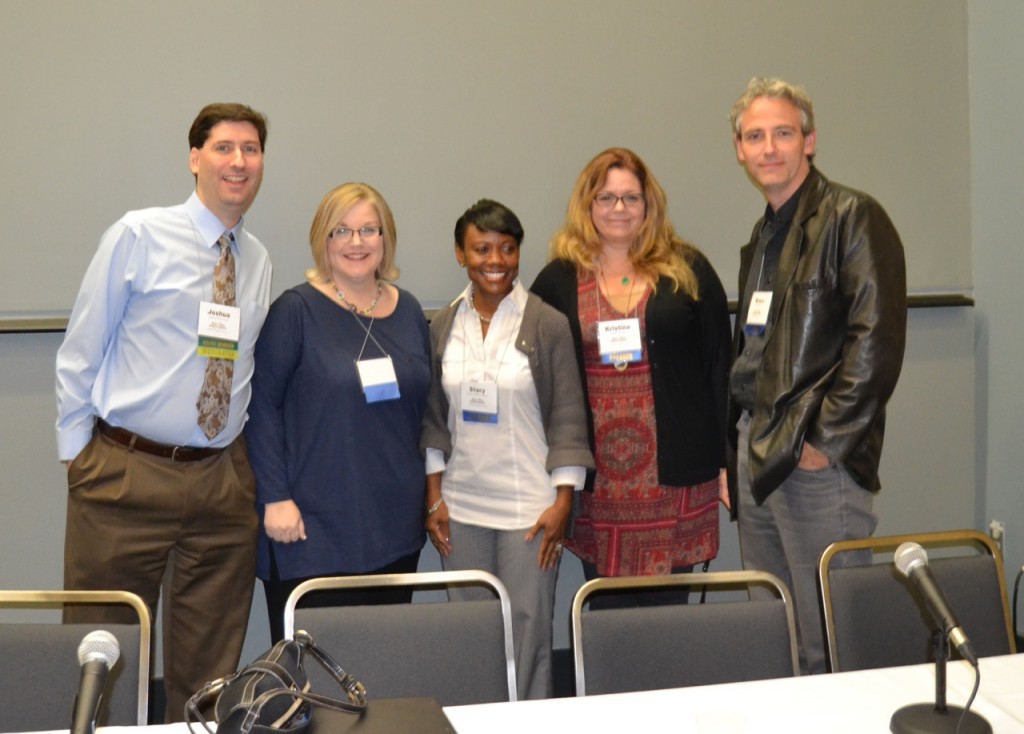
The variety of writing represented—inspirational women’s fiction and non-fiction, historical fiction, women’s fiction and romance, erotica—underscored the over-all rule that every type of writing (including memoir) needs memorable characters, and characters the reader cares about. The heroes and heroines need flaws. The bad characters need a good side. And one effective way of establishing both is to give readers the backstory.
The last plenary session was the Pitchapalooza (David Henry Sterry, Arielle Eckstut, and Rebecca Podos) during which the names of volunteers were drawn from a plastic pumpkin and each had 1 minute—precisely one minute!—to pitch his/her book. Great fun, and very informative as the panel commented on the stronger and weaker aspects of each pitch.
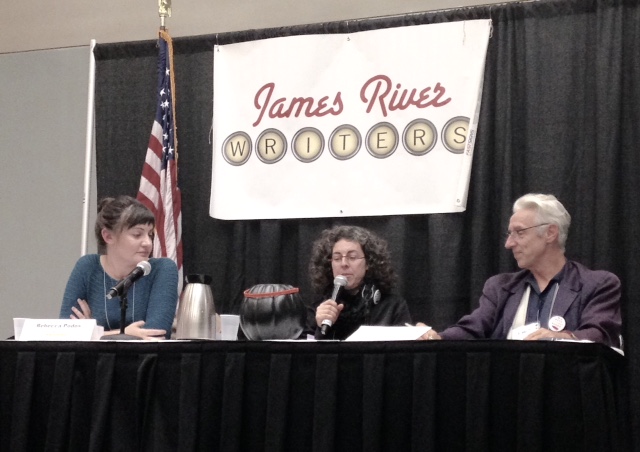
The closing was brief, but celebrated the winners of the Best Unpublished Novel Contest, the Emyl Jenkins Award, and Pitchapalooza. Although not a winner, I was recognized as a finalist in the Best Unpublished Novel Contest. Very gratifying. But egocentric being that I am, I wish the awards (except Pitchapalooza, of course) had been announced a the beginning of the conference. Maybe people I didn’t know before would have congratulated me!
Alas, the conference wasn’t all about me. It was mostly about the books—and there were many to be had, and signed. Fountain Bookstore sold the books of all the presenters.
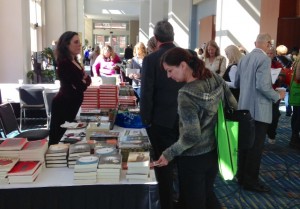
I usually come away from the JRWC feeling that I got more than I paid for. Unfortunately, this year, that included a raging cold, including coughing and congestion, that laid me low as of Monday morning. I assume it was all the back-slapping, handshaking, and hugging.

On the other hand, a nasty cold was a great reason to put my feet up, review my notes, and enjoy the contents of my conference bag. I checked the writing classes offered by VMFA Studio School and the Visual Arts Center; considered invitations to submit to the next Poetry Virginia Annual contest and join the Virginia Writers Club; and I could browse the free issues of Richmond Magazine and Broad Street. Already looking forward to next year! Though I did suggest to Katharine Herndon (JRW Executive Director) that next year they try to get a bright colored conference bag!
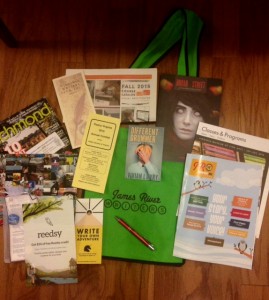
Writers Need Toxic Relationships
Janet Burroway once said, “In literature, only trouble is interesting.” Trouble is the source of tension, conflict, struggle, etc. And what better source of trouble than characters caught in toxic relationships.
 The Psychology Today website published a blog by Peg Streep titled, “8 Types of Toxic Patterns in Mother-Daughter Relationships.” (Yes, I know that scholars consider Psych Today to be pretty light-weight. I’m a card-carrying psychologist myself. But I like Psych Today. It isn’t intended to be a scholarly journal. It is a magazine for the public, and often prints what’s trending. And if a writer creates great fiction on a faulty premise, who cares?) But back to the main point. Streep labeled eight types of unattuned and unloving mothers:
The Psychology Today website published a blog by Peg Streep titled, “8 Types of Toxic Patterns in Mother-Daughter Relationships.” (Yes, I know that scholars consider Psych Today to be pretty light-weight. I’m a card-carrying psychologist myself. But I like Psych Today. It isn’t intended to be a scholarly journal. It is a magazine for the public, and often prints what’s trending. And if a writer creates great fiction on a faulty premise, who cares?) But back to the main point. Streep labeled eight types of unattuned and unloving mothers:
- Dismissive
- Controlling
- Unavailable
- Enmeshed
- Combative
- Unreliable
- Self-involved
- Role-reversal
The labels are pretty indicative of the toxicity described. Read the actual blog. The good news for writers is that these toxic relationships needn’t be limited to toxic mothers and vulnerable daughters. (You may recognize here an echo of what I said about Deborah Tannen’s analysis of mother-daughter communication patterns: what one says isn’t necessarily what the other hears could apply to virtually any long-germ relationship.) In this instance, consider toxic relationships between husbands and wives. Consider boss and subordinate. Consider role reversal in that it’s the daughter who is toxic.
Three cheers for toxic (literary) relationships!
Related Posts
Psychology For Writers series
The Principle of Least Interest
Why Women Have Sex: Character Motivation Matters
Rational and Irrational Behavior in Your Characters: Guest Post on Thrill Writers
More on Characters
Books for Writers: Deborah Tannen
Writers Conferences
I’m currently at the James River Writers Conference. Here’s more about the conference.
Is This Writers Conference for Me?
Quirking Your Characters
Every writer wants—or should want—to create characters who are vivid, interesting, and memorable. My advice is to choose a quirky interest that will allow you to illuminate various aspects of your character’s character.
Take turtles, for example. You’ll recall from my blog posts on August 15 and August 22, I have an affinity for Eastern box turtles. I enjoy them in situ. When I discovered the male turtle I’d encountered periodically over the past few years in the middle of the cul de sac in front of my house, smooshed by a car, I went into a funk. Two days later, I found a baby turtle—about the size of a fifty-cent coin, so new its shell was still flexible—I felt both joy and concern. I picked it up from the sidewalk and released it on the bank behind my house. The next day, I saw a baby turtle smooshed in a driveway across the street. I cried. Was it “my” turtle or a clutch mate? Should I have moved it from the sidewalk to grass closer to where it might have been trying to go? More recently, I found this male turtle on the bank behind my house— younger, I think, than the one that died. Suddenly, the world looked brighter again.
Consider a fictional character with a turtle interest, then answer a few questions. Is it a house turtle or turtles in the wild? What might either answer reveal about your character? Much can be gleaned from how a person interacts with a pet. We’re more familiar with dogs and cats, maybe birds; how might interacting with a turtle be similar and different? Where did the interest in turtles come from?
Does the turtle hold some symbolic importance for your character? Turtle symbolism includes order, creation, patience, strength, stability, longevity, innocence, endurance, and protection.
Does the turtle interest originate in cultural or ethnic roots? The symbolism of turtles varies widely around the world, so do a little research depending on the ethnic heritage of your character: Africa, Egypt, ancient Mesopotamia, Greece, ancient Rome, Malaysia, China, India, Japan, Vietnam, Taiwan, North America, South America, Tahiti, Polynesia.
Or maybe it’s an interest in turtles in specific venues: folklore, literature, children’s books, films and television, even video games. If you want to get really esoteric, make it an interest in turtles on old coins, flags, or heraldry.
Much as I favor turtles, they are not the only rich way to quirk your character. My favorite all-purpose symbolism reference—animals, dates, numbers, plants, etc.—is The Penguin Dictionary of Symbols.
Sometimes a more specialized examination of symbols is appropriate.
I once wrote a short story titled “Speak to Me” in which the main character is a woman who carves grave stones and communicates with her anonymous lover through the symbols of flowers and funerary art. (This story appeared in Apalachee Review, Number 56, 2006, and is reprinted in the Different Drummer collection.)
Big take-away for writers
Get beyond fiddling with hair or popping gum and choose a rich quirk for your character. If it’s a novel, you are going to be spending a lot of time together, and if you aren’t interested, neither will your reader be!
More on Characters
The Principle of Least Interest
Why Women Have Sex: Character Motivation Matters
Rational and Irrational Behavior in Your Characters: Guest Post on Thrill Writers
What’s in a Character Name?
What’s in a name? Perhaps a rose by any other name would not smell as sweet.
Consider your name.
How was it chosen? What does it mean? How does it look? How do you feel about it?
My father John shared the name with a brother of his mother. My mother’s Alta Wavalene came from her father’s youngest sister and her mother’s youngest sister. There are no Vivian’s on either branch of the family tree. Were my parents consciously striking out in a different direction?
One story I heard growing up is that Vivian was the name of my father’s first girlfriend, and he liked it. So, does this reflect my father’s dominance or my mother’s confidence?
Vivian means lively, and likes bright or vivid colors. The latter definitely applies, and I like to think the former does as well. As for appearance, Vivian is all spikes and angles, especially when written in caps: VIVIAN. Hmmmm. No comment. But I do know I felt out-of-place among the Sharons and Shirleys and Barbaras. As a child, I wanted a nickname and it was never forthcoming. As an adult, I like that I have seldom come across another Vivian, and only an Italian chef ever called me Vi.
Consider character names.
Your characters’ names are as important to them as yours is to you. Give them some thought. As with everything, there are books out there to help. My personal favorite is Character Naming Sourcebook by Sherrilyn Kenyon. For one thing, it starts with an overview of things to consider. In brief, and paraphrased, the ten guidelines are
- Capture the persona
- Consider heritage, personality, and trade/profession
- Make the name harmonious
- Choose names consistent with time period (The Social Security Administration is good for US names)
- Consider the character’s social status
- Use nicknames
- Vary the names of characters
- Be aware of your genre
- If you choose a name that breaks the rules, make a point of it
- Avoid names that others have made famous
Your character’s name is the usual introduction to the reader. Lydia is harder than Nora. Cynthia is more upscale than Bertha. Bart is stronger than most two-syllable male names.
In deciding on names, avoid not only the beginnings but the endings. Alex, Alice, Amy, and Andrew will confuse readers and turn them off. At the same time, choose nicknames and/or endearments with care. I recently critiqued a manuscript in which William was Billy to the family, Victoria was Vickie,
Margaret was Maggie, Susan was Suzie, and endearments were honey and sweetie. Not a big deal, but if the reader notices, it’s too much.
I like Character Naming because of its breadth, and because it separates names by ethnic roots and meaning. But it isn’t the only book out there. Indeed, you can go to a local telephone directory and mix first and last names.
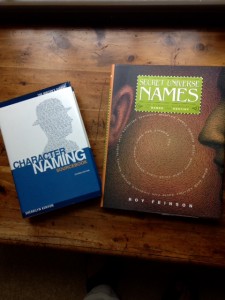
And if you are interested in the humorous side of writing, consider these:
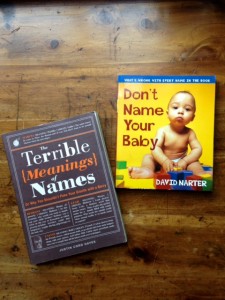
That way you won’t inadvertently name two friends Barbara Smith and Barbara Morton and end up with BS and BM!
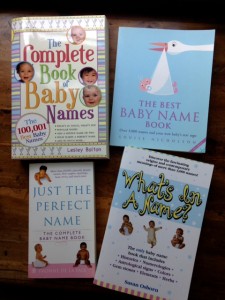
Consider perception.
What are your favorite character names?
Books for Writers: Deborah Tannen

Deborah Tannen has published numerous books that might be of interest to writers. Three titles that come to mind are You Just Don’t Understand (male/female communication patterns); Talking from Nine to Five (communication in the workplace); You’re Wearing That? (mother/daughter habits of communication). They are classics by now, but still relevant.


Read more in my Psychology For Writers series
The Principle of Least Interest
Why Women Have Sex: Character Motivation Matters
Rational and Irrational Behavior in Your Characters: Guest Post on Thrill Writers
More Books by Deborah Tannen
You Were Always Mom’s Favorite: Sisters in Conversation Throughout Their Lives
The Argument Culture: Stopping America’s War of Words
That’s Not What I Meant: How Conversational Style Makes or Breaks Relationships






